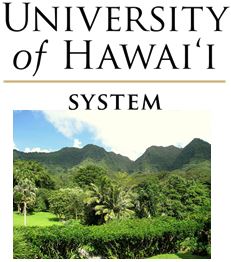High-quality education in the form of Honors Colleges in Public Universities is becoming ever more common. Within the University of California system most have, including UCLA, UCI, and five of the six colleges of UCSD, special honors programs. The reason behind the growth of these honors programs is public universities want to keep their best students at home, in state, and challenged by a curriculum many believe can only be obtained from the most selective universities.







